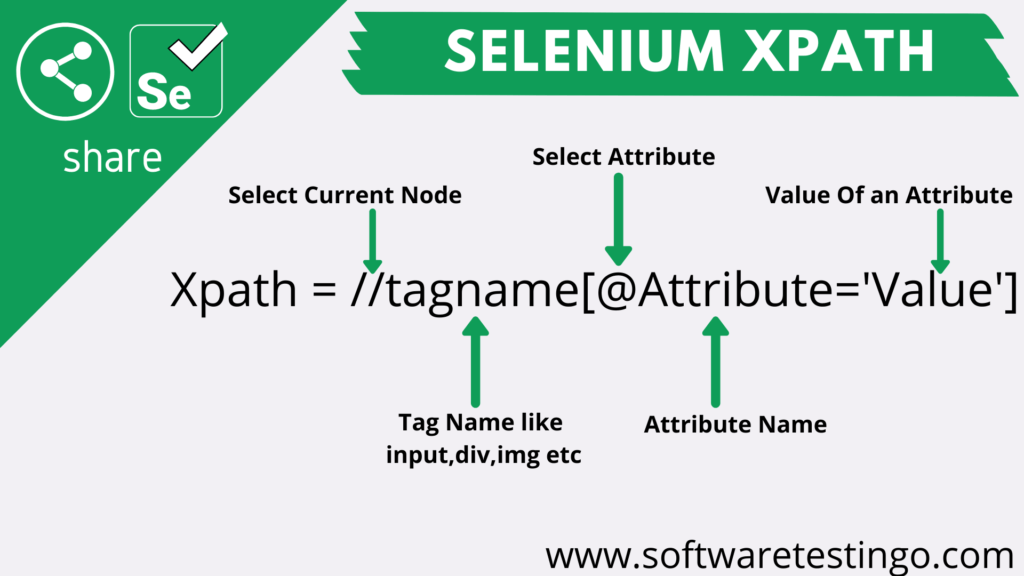

#XPATH FOR TEXT HOW TO#
Read more on how to create a user-defined namespace resolver, if you wish to take the latter approach. To match default elements in a non-null namespace, you either have to refer to a particular element using a form such as ['namespace-uri()='' and name()='p' and ( this approach works well for dynamic XPath's where the namespaces might not be known) or use prefixed name tests, and create a namespace resolver mapping the prefix to the namespace. There is no way in XPath to pick up the default namespace as applied to a regular element reference (e.g., for xmlns=''). Note: XPath defines QNames without a prefix to match only elements in the null namespace. documentElement ) Īnd then pass document.evaluate, the nsResolver variable as the namespaceResolver parameter. Var xpEvaluator = new XPathEvaluator ( ) var nsResolver = xpEvaluator. Specifying null will create a new XPathResult object. result: If an existing XPathResult object is specified, it will be reused to return the results.They are explained below in the section " Specifying the Return Type."
#XPATH FOR TEXT FULL#
There is a section in the appendix which contains a full list of the available constants. The most commonly passed constant is XPathResult.ANY_TYPE which will return the results of the XPath expression as the most natural type. resultType: A constant that specifies the desired result type to be returned as a result of the evaluation.See the Using a User Defined Namespace Resolver section in the appendix for details.
#XPATH FOR TEXT CODE#
Note that, if the xpathExpression contains a namespace prefix, this will result in a DOMException being thrown with the code NAMESPACE_ERR.


 0 kommentar(er)
0 kommentar(er)
